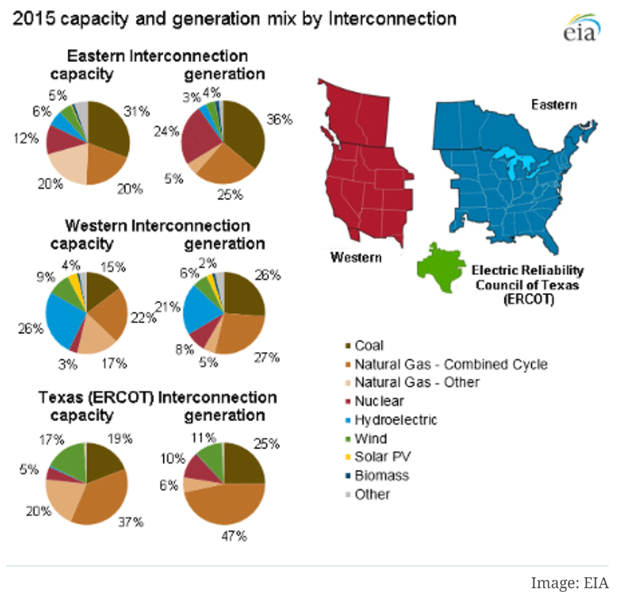
The ESG cabal seems to be drawing up another hall of mirrors to persuade credulous stakeholders and bystanders that they are siphoning only carbon-free energy (CFE) from the electric grid. The Electric Power Research Institute calls it 24-7 carbon-free energy, oddly enough.
“Large companies from Starbucks to eBay [and Apple, Google, Microsoft, Meta, etc.] have pledged 100% renewable energy targets to offset greenhouse gas emissions from their electricity use. Recently, several large companies, including Google, Microsoft, and others, have started procuring something called carbon-free energy that more closely matches their corporate electricity load on a 24/7 hourly basis. This is known as 24/7 carbon-free energy.”
Unquestionably, data centers and crypto miners look for places with inexpensive power, which often aligns with lots of zero-emission power, but also coal, as I referenced recently in the Nuclear Power Thaw. Booming areas include the Northwest (hydro), wind alley from North Dakota to Texas, the Southeast, and the Mid-Atlantic (nuclear). Customers who can’t pick their spots on a map are stuck.
Two Options for Real CFE
Until any of the three electric grids covering North America have no carbon-sourced generation supporting them or these companies disconnect from their grid and build their own microgrid of 100% carbon-free energy with necessary storage, they need and use carbon-based fuel. If they think they can filter only renewable tagged electrons from the grid, everybody else takes more carbon-sourced electrons.
The three power grids of North America -Western, Eastern, and ERCOT- are shown in the first image below, followed by two figures showing the approximate electricity sources for those grids.
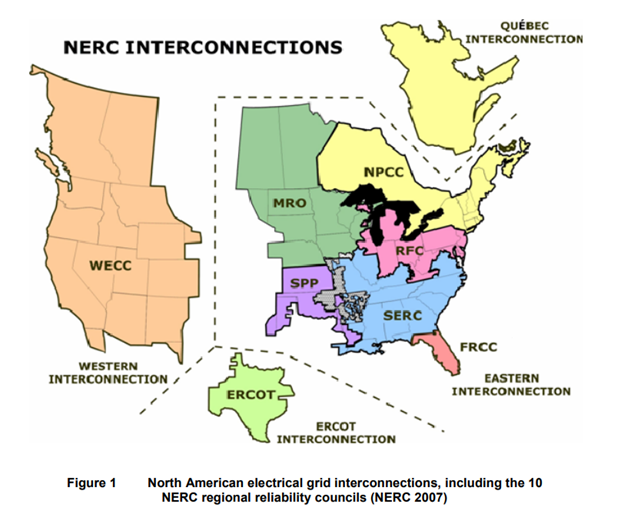
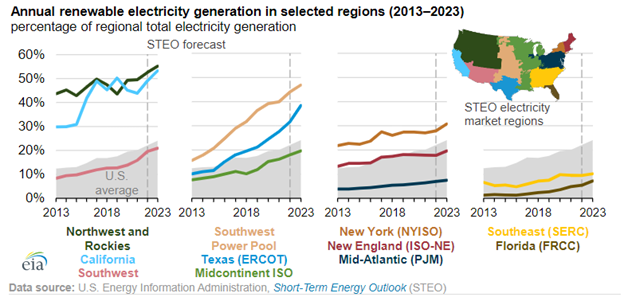 The following table shows ERCOT’s generation mix during winter storm Uri in 2021. It would be hard for data centers and the federal government to keep their operations online with 100% CFE.
The following table shows ERCOT’s generation mix during winter storm Uri in 2021. It would be hard for data centers and the federal government to keep their operations online with 100% CFE.
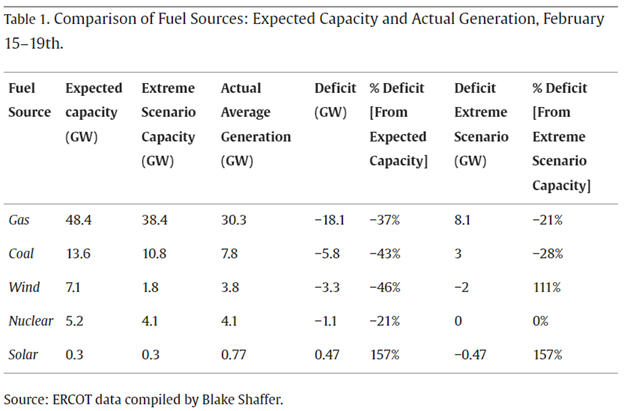 Large users, like big tech, have inked power purchase agreements with large grid-connected solar and wind farms. How is this different than Nextera, Iberdrola, or Engie grid-scale renewables? It may be a hedge and marketing play, but grid stability requires additional resources.
Large users, like big tech, have inked power purchase agreements with large grid-connected solar and wind farms. How is this different than Nextera, Iberdrola, or Engie grid-scale renewables? It may be a hedge and marketing play, but grid stability requires additional resources.
CSE is Necessary for Grid Stability
Natural gas and coal-sourced electricity are the load-following resources required to supply sufficient electricity and maintain line voltage and frequency within tight tolerance bands at all times. Precise voltage and frequency control are necessary to protect zillions of dollars worth of connected loads from severe damage or destruction.
For example, the following chart shows ERCOT’s grid frequency on the morning of February 15, 2021. While the storm was a disaster, causing 246 deaths by final count, it could have been a catastrophe if ERCOT grid operators had not shed load to keep CSE generators online.
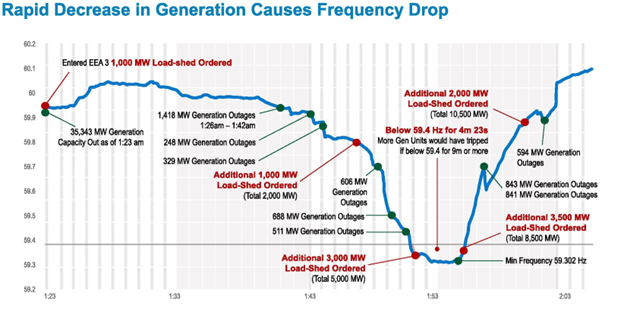 The report states, “Below a frequency of 59 [Hertz] grids face cascading blackouts that can cause the entire grid to shut down. ERCOT thus avoided a complete shutdown, which would have led to power outages for 26 million Texans covered by the Texas grid.”
The report states, “Below a frequency of 59 [Hertz] grids face cascading blackouts that can cause the entire grid to shut down. ERCOT thus avoided a complete shutdown, which would have led to power outages for 26 million Texans covered by the Texas grid.”
“With this close call, the entire system was within minutes of collapse, which would have required a ‘black start’ that could have taken days if not weeks (or even months) to implement. To restart would require a slow process of starting individual plants and then building the grid back up gradually.”
CFE is Not Organic Food
Per the EPRI webinar, the largest consumer of CFE is the federal government (of course). One of the pillars of federal procurement is locally sourced (I about fell out of my chair) – so if you’re across the road from a grid-scale solar plant, you get all those solar-powered electrons. It doesn’t work that way.
If CFE is locally sourced like farm-to-table organic food, why do we need millions of miles of new transmission systems for the energy transition? The industry term is congestion. The grid needs to be larger than the weather, as they say. Or, if I need to power a new data center, I build my 50 MW load in a hydro or wind-rich area upstream of the congestion. Perfect.
Introducing the seams study, the source of the following excellent map packs useful information into one graphic. Ironically, it comes from a branch of the same federal government that claims renewable energy is locally sourced. The crux of the seams study is to demonstrate how transmission systems can carry renewable energy from sparsely populated areas where it is generated to densely packed load centers. In particular, the seams study advocates for more interconnection among the three grids.
 This seams chart reminded me of what I described several weeks ago for the Northeast quadrant of the United States, particularly Michigan. I outlined in red the region that is not well suited for wind and solar, with a couple of caveats.
This seams chart reminded me of what I described several weeks ago for the Northeast quadrant of the United States, particularly Michigan. I outlined in red the region that is not well suited for wind and solar, with a couple of caveats.
Interestingly, Texas has abundant everything for energy: wind and solar for electricity and oil. Yet, due to market failures that I will describe at some point, Texas arguably has the least reliable grid in North America.
Next Up
Our electricity grids are arguably the most complex systems on the planet. They aggregate electrons from all sources, sometimes transporting bulk electricity hundreds of miles.
- Electrons are not tagged and filtered for specific customers or locations.
- Customer loads, and therefore the grid, require thermal load-following, voltage, and frequency regulating CSE.
- Locally sourced generation makes sense until grid constraints result in curtailment of renewable power generation.
We need to accelerate load flexibility to accommodate more renewable CFE cost-effectively. I’ll see if I can quantify needs for next week.

